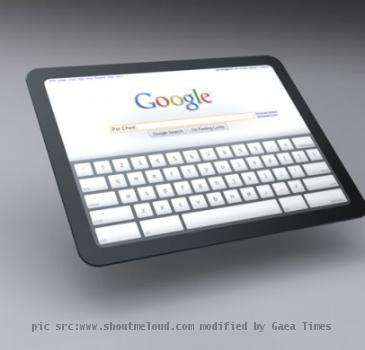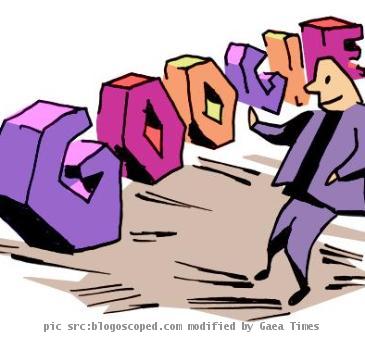Real estate mobile phone ‘Augmented reality’ apps more novelty than novel idea at this point
By Alex Veiga, APFriday, April 16, 2010
New tech: Augmented reality for real estate search
LOS ANGELES — Try out real estate “augmented reality” mobile phone applications and the cascade of thoughts goes something like this:
Very cool. Just hold up the mobile phone, peer through the camera view and scores of properties for sale and rent will suddenly be visible, like some super x-ray!
Here we go. Hmmm. Nothing.
OK, maybe if I just spin around a little. There!
Wait. What’s with the floating dots? Is that it? And the nearest property is a mile away, beyond several buildings and a highway overpass. How is this helpful again?
So-called augmented reality technology works on mobile phones like the iPhone 3GS or models with Google’s Android operating system. It uses the phones’ camera, GPS, compass and Internet features to conjure a computer-enhanced, virtual overlay of objects in one’s surroundings. The concept is similar to a heads-up display one might find in a jet fighter cockpit.
The usefulness of some augmented reality apps can be instantly recognized — say you find yourself in an unfamiliar neighborhood looking for the nearest bus stop or subway entrance. Augmented reality can point you in the right direction and show you the relative distance to your destination.
But as a tool for finding homes for sale or rent, augmented reality produces results that feel more like a novelty than a novel improvement on the mobile real estate search experience.
One reason is the technology, while used by the military for years, is still relatively new for applications like real estate search, says Larry Fisher, research director for NextGen, a unit of ABI Research, a technology trend tracking firm.
“It can be useful, but … it’s really limited at this point,” Fisher said. “It’s going to take a couple of years to develop.”
A good way to start is to punch up your mobile phone’s app store and download Layar. It’s available on iTunes and via the Android app store.
Layar compiles a variety of augmented reality apps, including several real estate-oriented ones by Trulia.com, HotPads.com and ForRent.com, among others.
Online brokerage ZipRealty Inc. recently added augmented reality to its iPhone mobile app, a feature dubbed HomeSearch.
The apps all function in similar fashion: The user’s phone camera view is activated with a radar-like graphic showing the direction of properties for sale relative to one’s position.
Users can set common search parameters, such as number of rooms, price or asking rent, as well as distance from one’s location.
When a user pans the phone in the direction of a property listing, small graphics — colored dots or similar markers — pop up in the field of view. Each marker represents a home available for rent or for sale, depending on the app.
Users can tap on the touch-screen buttons to see more details like prices, photos, address and more.
Results can vary widely, depending on your location.
The ideal experience would be to stand, say in a cul-de-sac, where one or more houses are for sale. Then, you’d just point the phone at the property and see all the details pop up. Get far enough away from the properties, and the results can become hard to make out.
When that happens, it’s best to switch over to the phone’s interactive map, which most apps include. It’s not an augmented reality view, but you’ll get a better sense of where the nearby listings are.
That’s just one reason to wonder, “Why bother?” But as mobile phones become smarter and more sophisticated, augmented reality could develop into a more immersive and useful tool.
In the near term, ZipRealty plans to beef up its iPhone app this summer by adding data on restaurants, coffee shops and other neighborhood features. Users will be able to visualize how close restaurants and other businesses are to their location, says Myron Lo, vice president of innovation at ZipRealty.
Trulia is looking into a similar upgrade to its app, says Rob Cross, director of distribution at Trulia.
For now, Lo and Cross say the technology’s biggest appeal may simply be its cool-tech quotient.
“Using the HomeScan feature is something you have to experience to get the ‘Aha!’” Lo says.
Cross agrees, but concedes the technology has shortcomings.
“For folks who are doing serious searching, augmented reality is a good sort of entry point,” he says. “But it’s not going to solve all their problems.”
Write to Alex Veiga at aveiga(at).org
On the Net:
ZipRealty: www.ziprealty.com/iphone
Trulia: www.trulia.com
For Rent: www.forrent.com/
HotPads: www.hotpads.com
Tags: Communication Technology, Computing And Information Technology, Consumer Electronics, Housing Rental, Los Angeles, Mobile Communications, North America, Residential Real Estate, Software, United States
|
August 25, 2010: 12:39 pm
Thanks for the information. It is so cool all of the different apps that are available now for smart phones. It is just going to keep getting better and better as time progresses. |
|
April 17, 2010: 3:35 am
Real estate mobile phone ‘Augmented reality’ application is a very cool concept as we have to just hold up the mobile phone, peer through the camera view and scores of properties for sale and rent will suddenly be visible the topic is good & interesting as per technology point.Thanks |
|
April 17, 2010: 2:48 am
I find that the iPhone is fantastic with all these little apps, being able to do pretty much everything on the move is fantastic. You can attend to pretty much anything, anywhere, anytime! The future has arrived and I love it! |


Fence and Deck Evans